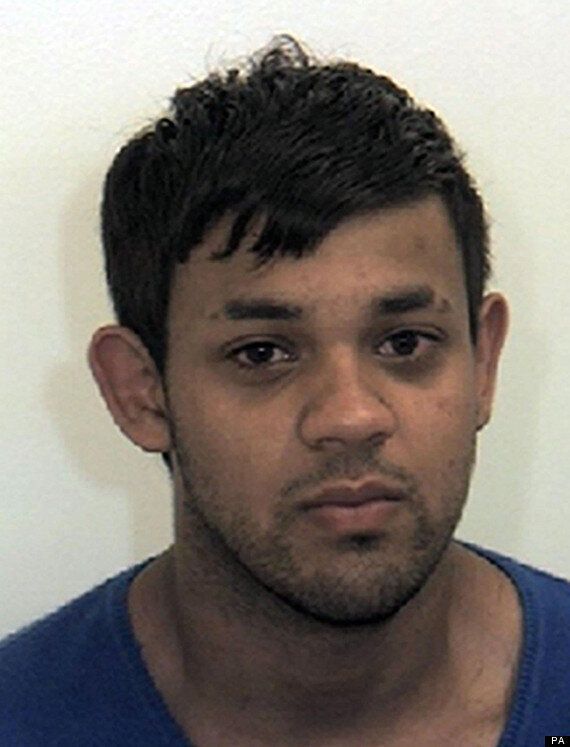There were "numerous missed opportunities" to protect a teenage mother who was stabbed and left to die in a canal by her 17-year-old boyfriend, a serious case review (SCR) has said.
However, social services managers argue that Laura Wilson's murder could not have been prevented by agencies involved with her.
Laura, 17, was murdered by Ashtiaq Asghar in Rotherham, South Yorkshire, after she told his family about their relationship.

Laura Wilson whose murder social services managers said could not have been prevented
Asghar was told he would serve at least 17-and-a-half years behind bars after he admitted murdering Laura in October 2010.
Presenting details of the teenager's troubled life, the SCR revealed that she was involved with 15 different services at one time or another.
In an executive summary, the report author said: "There were numerous missed opportunities to work with and protect [Laura] and [her baby].
"Assessments of [Laura] did not lead to an effective plan of care which resulted in a lack of leadership, coordination and progress and a failure to recognise her real level of vulnerability."
It added there was a picture of "mixed performance" in meeting the needs of Laura and her child.
"A combination of factors, including organisational, systems, workforce, cultural factors and individual deficient practice impacted on the care provided for [Laura]," it said.
Scroll down for more pics
The report went on: "However, there are areas of considerable concern. Of significance is that the care of [Laura] did not focus on her and her needs.
"She was almost invisible to some services."
Rotherham Safeguarding Children's Board said it had already acted on many of the recommendations to ensure lessons are learned from Laura's murder.
Alan Hazell, chair of the Board, said: "This is a wide-ranging study which shows a very complex situation surrounding [Laura] and her child which made it difficult for agencies to engage with her.
"There is no suggestion that anyone could have saved [Laura] from what ultimately happened to her but clearly her care could have been improved.

Ashtiaq Asghar, 17, who murdered his 17-year-old girlfriend, Laura Wilson
"There were chances for those agencies to be more proactive in how they dealt with the case and all agencies involved accept that and apologise that the standards of service were not as high as they should have been.
"It is vital that agencies learn from what happened here and there is clearly a commitment in Rotherham to make that happen. As the report comments, there are already many initiatives in place to ensure that services are now improved."
Asghar had a relationship with Laura, who had a four-month-old daughter with his friend Ishaq Hussain.
He killed the teenager just days after she revealed her affairs with the two men to their families.
The judge at the trial, Lord Justice Davis, said he believed Asghar treated white girls as "sexual targets" and not like human beings as he sentenced him at Sheffield Crown Court last December.
He said he thought Asghar had treated Mr Hussain, who was cleared of murder, as a mentor.
Asghar, of Holmes Lane, Holmes, Rotherham, lured Laura to the canal side near the Meadowhall Shopping Centre and attacked her with a knife he was carrying.
He stabbed her a number of times in the head but she was still alive when she was left in the water.
The SCR described how Miss Wilson was placed on the Child Protection Register at the age of 11. At the same age she was diagnosed as having special educational needs and sent to a special school.
The report said she suffered bullying and developed an ability to hide problems caused by her learning difficulties.
In her teens there is evidence she began to be sexually exploited and became pregnant when she was 16.
The report said: "[Miss Wilson] was a difficult child for agencies to work with. She stopped working with services but some services allowed her to do this rather than supporting her to participate."
The SCR pointed out a number of areas where there appeared to be a lack of knowledge and understanding by professionals, including "sexual exploitation and grooming, including a better understanding of perpetrators".
In its conclusions, the report said: "[Miss Wilson] was a vulnerable young woman whose needs were not fully assessed by any agency that had contact with her."
It went on: "Few services actually saw, observed and heard [Miss Wilson] as the highly vulnerable child she was and whom society had a responsibility to protect."